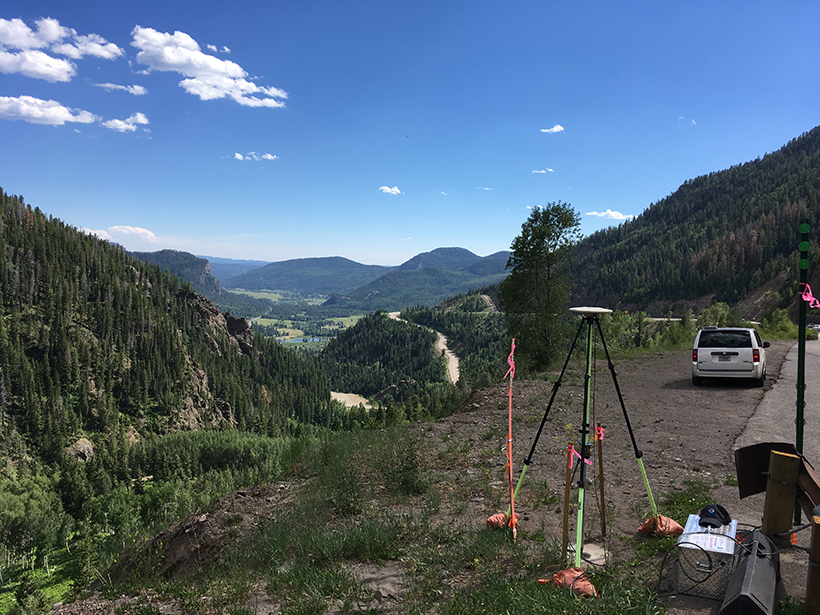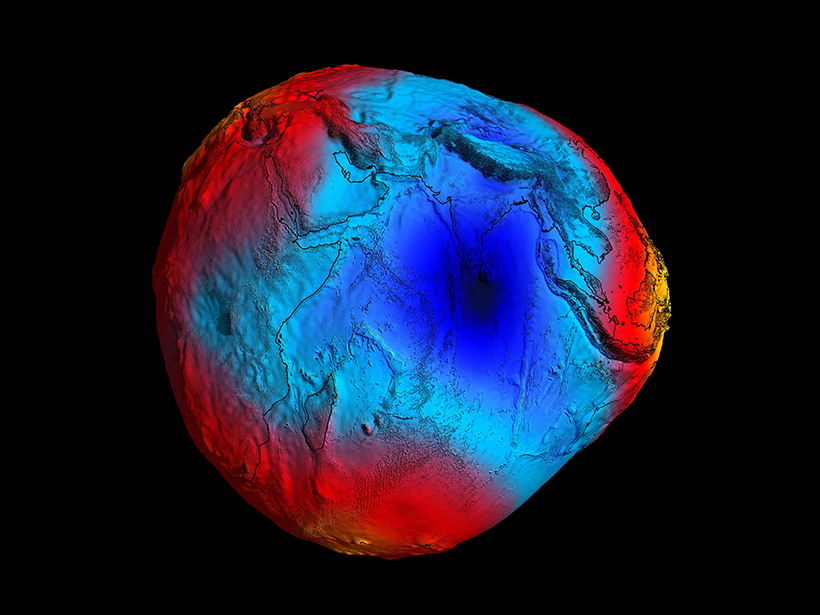Case studies from around the world illustrate the power of geodetic data in earthquake monitoring.
geodesy
Tracking Earth’s Shape Reveals Greater Polar Ice Loss
Researchers offer a solution to better track mass changes in ocean water and polar ice.
Déjà Vu: Understanding Subduction Zones’ Cycle of Seismicity
A unique geodetic data set from Japan’s Nankai subduction zone offers an unparalleled opportunity to study surface deformation spanning almost an entire seismic cycle.
Airborne Gravity Surveys Are Remaking Elevations in the U.S.
Measuring gravity’s tiny fluctuations is giving the United States an upgraded system of elevations.
A New Way of Visualizing Iceland’s Crustal Deformation
A novel method of calculating strain rates from GPS data shows the South Iceland Seismic Zone is experiencing rapid deformation, including inflation near the island’s most active volcano.
Seismologists Search for the Indian Ocean’s “Missing Mass”
An Indian scientific team set out to sea last year to find clues to the source of an unusually weak gravitational potential in the middle of the Indian Ocean.
Jean O’Brien Dickey (1945–2018)
This pioneer in space geodesy started as a particle physicist and went on to unravel relationships between Earth’s rotation and climate processes.
Universal Units Reflect Their Earthly Origins
On Friday, the kilogram will join its fellow metric units with a definition based on fundamental physical constants, but these units maintain links to their roots in the geosciences.
Gross Receives 2018 Ivan I. Mueller Award for Distinguished Service and Leadership
Richard Gross will receive the 2018 Ivan I. Mueller Award for Distinguished Service and Leadership at AGU’s Fall Meeting 2018, to be held 10–14 December in Washington, D. C. The award acknowledges “major achievements in service to and/or leadership within the field of geodesy.”
Hobiger Receives 2018 Geodesy Section Award
Thomas Hobiger will receive the 2018 Geodesy Section Award at AGU’s Fall Meeting 2018, to be held 10–14 December in Washington, D. C. The award is given “in recognition of major advances in geodesy.”








